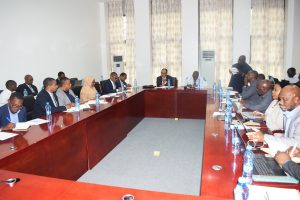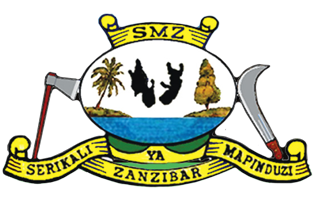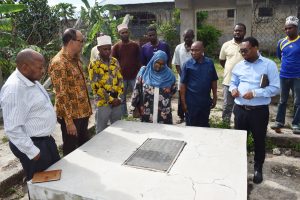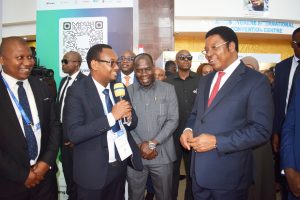There are two historical wells that were drilled by the BP and Shell Consortium in the late 1950s and early 1960s after being awarded the concession. The Consortium drilled two wells – one in each of the main islands. Both of the wells were exploration wells and both were declared dry.
Zanzibar-1
Zanzibar-1 well was drilled in Kama Unguja to a depth of 4353m and reached Ruaruke Formation which is believed to be a late Cretaceous Formation (formed between 100 to 66 Million years ago). The drilling operation commenced on 10th May, 1956 and ended on 17th March, 1957 using National Ideal Type drilling rig. The well encountered natural gas deposits at the Kimbiji Formation at the depth of approximately 2700-3000m. The formation is composed of Reef and Calcareous sand shoal formed in Mid-Eocene (formed between 38 to 48 million years ago). The gas deposit was found to be uneconomical and hence the well was declared dry, plugged and abandoned.
Pemba-5
Pemba-5 well was drilled in Tundaua Pemba to a depth of 3886m and reached Ruaruke Formation which is believed to be a late Cretaceous Formation (formed between 100 to 66 Million years ago). The drilling operation commenced on 30th December, 1961 and ended on 8th July, 1962 using a National Ideal Type drilling rig. The well encountered natural gas and dead oil deposits at Oligocene (formed between 65.5 million to 23 million years ago) and Late Eocene (formed between 38 to 34 million years ago) good porosity sandstone formations situated at the depth of approximately 700-1000m. The well also encountered natural gas deposits at the Mid-Eocene Siltstone (formed between 38 to 48 million years ago) at the depth of approximately 2500m. The oil and gas shows were found to be uneconomical and hence the well was declared dry, plugged and abandoned.







